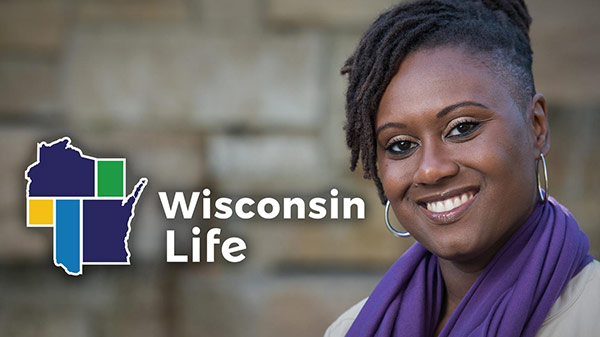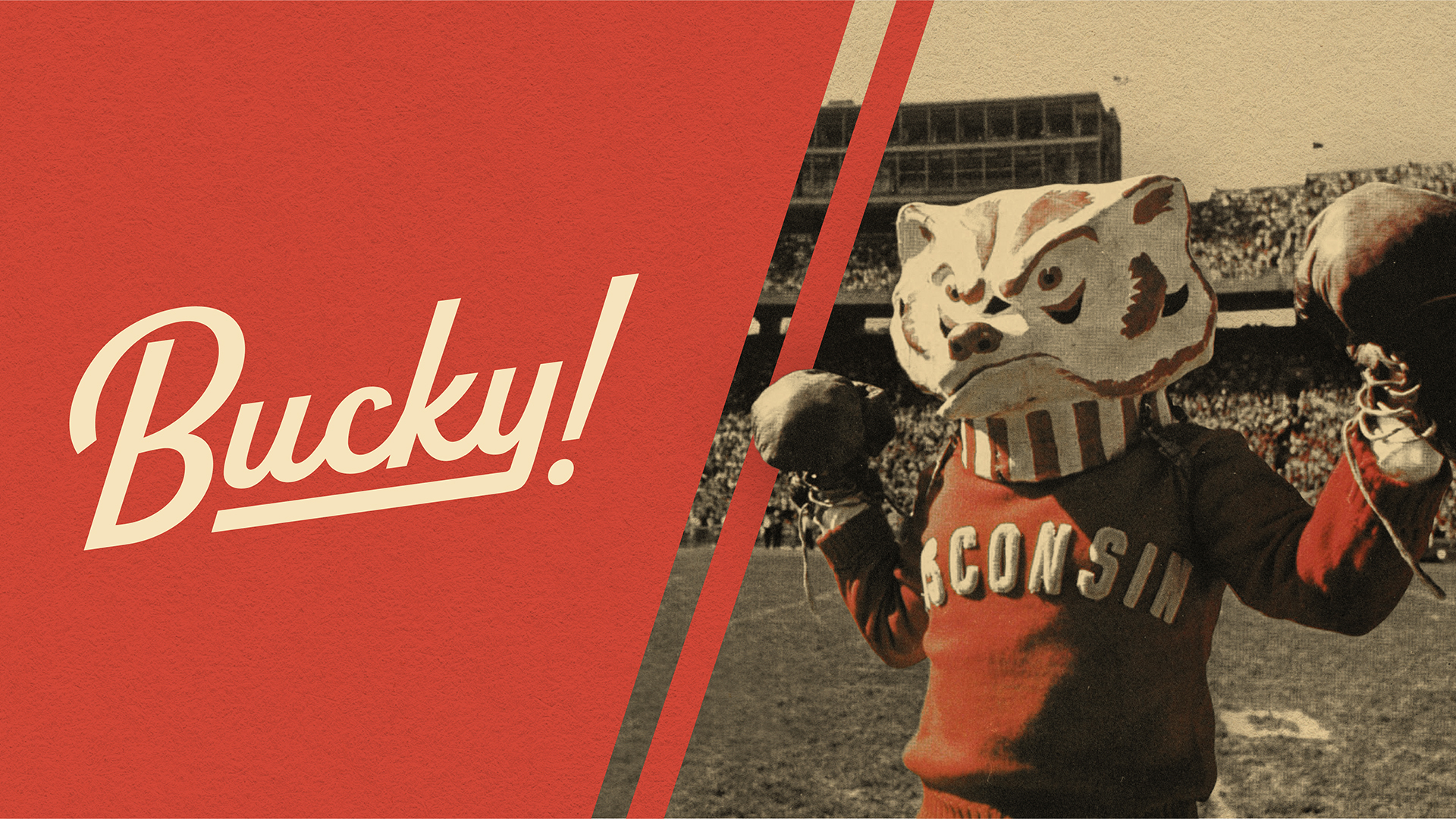(drum pounding) (Zack singing in foreign language) – When we sound the drum, we’re not beating it to just make a noise from an instrument.
We’re sounding the drum for the dancers to dance to, to sing with.
We’re singing with the spirit of that drum that’s likened to the heartbeat of Mother Earth.
(group singing in foreign language) (group singing in foreign language) – I grew up learning powwow music in Milwaukee.
When I was in elementary school, I attended this school called the Indian Community School, and they had a lot of culture teachings, singing and drumming.
My family weren’t powwow people and didn’t know much about the, my culture.
I always felt a strong connection with the singing and I wanted to sing all the time.
– I came about learning powwow music just ’cause that’s what my family did.
My grandpa had a drum group.
My mom’s mom, she was a dancer.
And, you know, my parents found each other at the powwows.
It’s real important that First Nations people, Native American people, that they understand this is their music and it’s of this place.
We don’t own it.
This is to be shared out.
The thing that wanted me to start a group for the students of Ashland was knowing that I could bring that to the students, that experience to the students here.
(group singing in foreign language) – So I started going to powwows and listening to powwow music when I was just a young, little kid, probably two or three years old.
– I started singing when I was really young.
I would always watch my, like, older sisters and my aunties and all them sing.
I just really wanted to do it so I would practice on my own.
(group singing in foreign language) – So all the structures within a group, it begins with the lead singer.
The lead singer will sing a lead, and then as soon as the lead is done, that’ll require a second.
The second is the rest of the group, and they all come in at the same time while we’re all drumming the same beat.
Usually songs will have a lead, a second, and then two parts of the body.
So then that would be one push-up.
Normally, we see four push-ups.
– [Announcer] All right, boys, hold your spots there.
We’re going around, this is another song series.
– We have all different styles of songs and different meanings for different things.
Each song has a particular reason why it was made.
– I once asked my drum teacher how many songs there are, and he looked up at the nighttime.
He is like, “You see them stars?
And that’s about how many songs there are.
There’s songs from the time we were born until the time we go home and every instance in between.”
– While performing on the drum, I would say I almost feel like I’m always just so locked in on with the drum and with all of my people I’m singing with around the drum and the Canarie singers.
They all kind of just are pretty much, it sounds silly, but one with everyone in the drum.
– The powwow drum, that came from the Sioux people.
Many years ago, there was a village that was attacked by soldiers.
There was a woman who escaped on that Sioux tribe who hid in a nearby stream, and she used a plant that was like in a straw and submerged herself underwater for four days.
And amongst those four days, she had a vision about that drum.
It was a peace offering between the Ojibwe and the Sioux tribes because they had hardships many years ago.
So it’s a gift from the women, from the Sioux women, to the Ojibwe people as a peace offering.
– After the Ojibwe received the drum from the Dakotas, it was adopted by other tribes.
As part of that peace agreement that came with that drum, we were told to take all of our words out of our songs.
So we no longer sing those war songs, those old-time war songs.
These are all peace songs, and they’re meant to be shared with all tribes.
We refer to them as inner tribals.
(singing in foreign language) By using vocables, we are definitely able to share out with other tribes.
It becomes more of a universal language.
So vocables are essentially the feelings that are expressed from the song-maker.
– Kind of like humming a tune, you know, but singing it.
(Zack and Kendra singing in foreign language) – For the most part, it’s the different styles in powwow singing would be broke up probably regionally.
There’s a northern style of singing.
Northerns will be singing like higher, higher octaves.
(drum pounding) (Zack and Nathaniel singing in foreign language) – The southern style singers will often be in a deeper tone.
(Zack and Nathaniel singing in foreign language) (drum pounding) – And then there’s like the woodland style, which is kind of like, it’s singing hard but it kind of has a little bit of a southern feel to it.
(drum pounding) (Zack and Nathaniel singing in foreign language) – When all these different styles of drums and all the different cultures come together, we all share our own styles of music inside that.
So it’s a way that we all come together.
– Being able to feel the connection to like a lot of people, it’s a chance to, like, express your culture.
– And it really feels like we’re carrying it on.
And hopefully one day, I hope to carry that on more and more generations and not let that be a lost thing like a lot of things in our cultures today.
(group singing in foreign language)
Our Sites
PBS KIDS
PBS LearningMedia
Parents
Food
Digital Studios
Black Culture Connection
PBS KIDS Shop
Search Episodes
Related Stories from PBS Wisconsin's Blog

Donate to sign up. Activate and sign in to Passport. It's that easy to help PBS Wisconsin serve your community through media that educates, inspires, and entertains.
Make your membership gift today
Only for new users: Activate Passport using your code or email address
Already a member?
Look up my account
Need some help? Go to FAQ or visit PBS Passport Help
Need help accessing PBS Wisconsin anywhere?

Online Access | Platform & Device Access | Cable or Satellite Access | Over-The-Air Access
Visit Access Guide
Need help accessing PBS Wisconsin anywhere?

Visit Our
Live TV Access Guide
Online AccessPlatform & Device Access
Cable or Satellite Access
Over-The-Air Access
Visit Access Guide
 Passport
Passport

















Follow Us